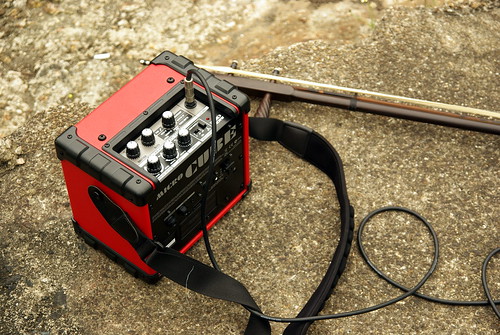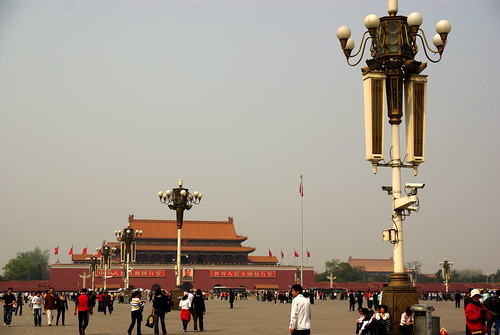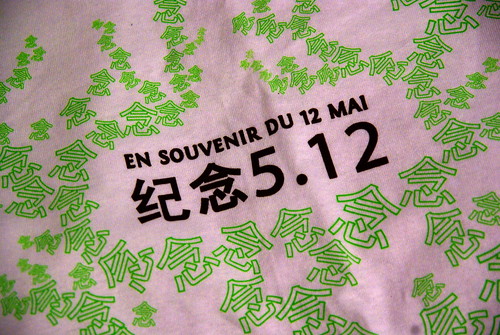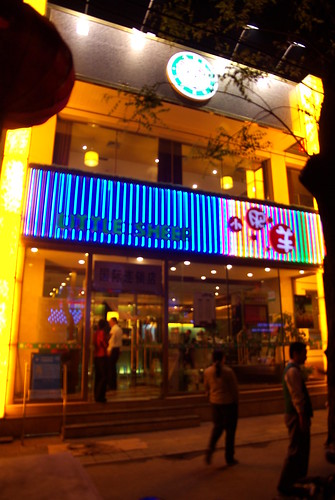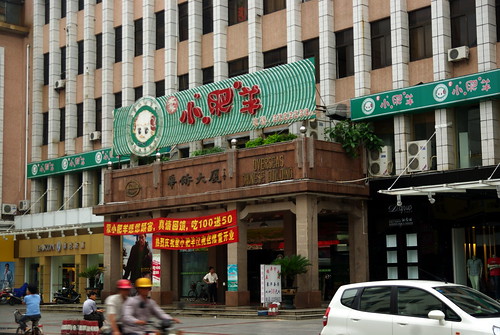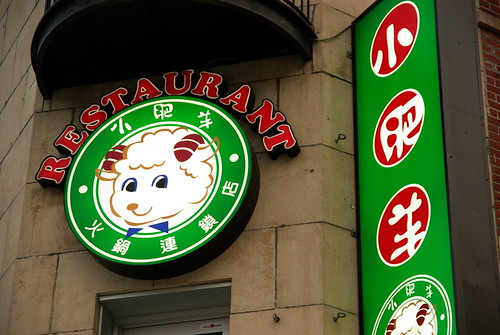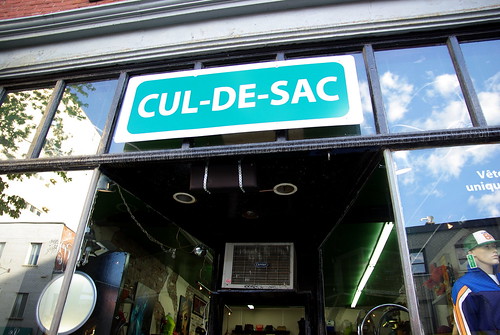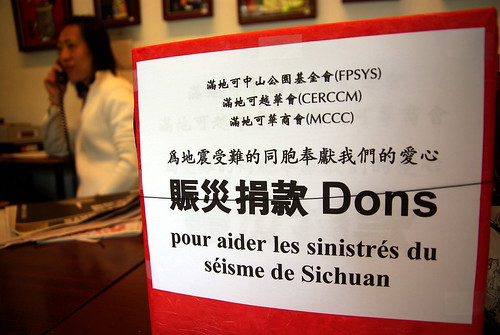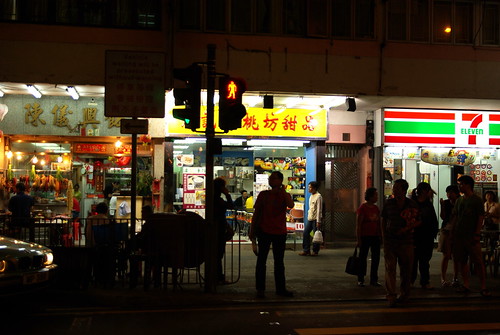Il y a une certaine époque, au secondaire, je faisais de la radio étudiante et écrivais vouloir être animateur de radio dans mes travaux d’éducation choix de carrière… Une décennie plus tard, à part être blogueur à temps partiel, et programmeur à temps plein, voici que je suis de retour derrière un micro de présentateur. J’aurai en effet un cinq minutes hebdomadaire sur la portion chinoise à Radio Centre-Ville (102.3 FM à Montréal), durant lequel je me battrai avec mon cantonnais de grade maternelle pour vous décrire les dernières sélections en musique émergente, indépendante, non-mainstream, en chinois, et produite surtout en Chine, à Taïwan ou à Hong Kong.
Si je me souviens bien, le segment pré-enregistré devrait être joué quelque part entre 22h30 et 23h30 mardi soir, sur Spécial du Jour 是日精選, ou bien disponible en podcast plus tard le lendemain.
MISE À JOUR 2008-06-11: Il semblerait que la mise en ondes du premier extrait irait à dans deux semaine, c-à-d le 24 juin…
***
There was a time in high school when I did the student radio and wrote in my career orientation classwork that I wanted to become a radio host… A decade later, besides being a part-time blogger and a full-time programmer, here I am behind a presenter’s mic. I will indeed have a weekly five-minute on the Chinese-language segment on Radio Centre-Ville (102.3 FM in Montreal), during which I will struggle with my kindergarden grade Cantonese to describe the latest selections in independent, new, non-mainstream music, in Chinese, produced mainly in Chine, Taiwan or Hong Kong.
If I am not mistaken, the pre-recorded segment should be played sometime between 10:30 and 11:30 on Tuesday night, on Spécial du Jour 是日精選, or available on podcast the day after.
UPDATE 2008-06-11: It seems that the airing of the first segment will go to two weeks from now, which is June 24th…

